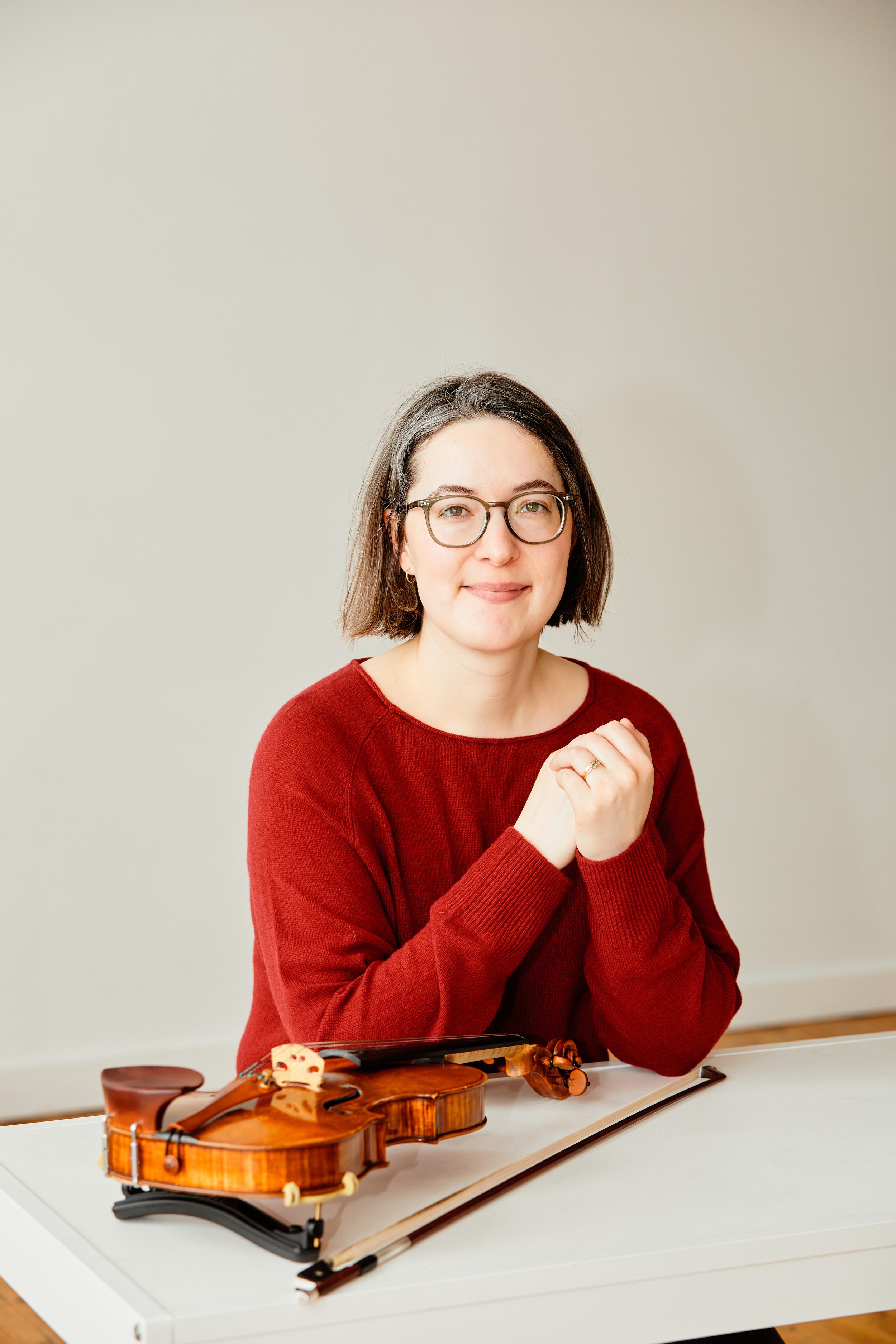What is Practice?
I often wish I had more time to spend reflecting on practice with the students and families in my studio. The time we have to talk about practice in a lesson is usually spent getting a quick summary of the past week’s practices and setting assignments for the following week. This kind of basic outlining is essential (see below!), but I also think that the gap between making a practice plan and actually practicing can feel disorienting—and can make the difficulties of practice feel like failures. They aren’t failures! Practicing is often hard! I also think that practice is nearly always rewarding and can be quite fun (although this is a point of view that I reached after many years of practicing in less than fun ways).
Here are some of my thoughts on practice, a few of the things I try to fit in amidst the nuts and bolts of a regular lesson. They are roughly organized from most concrete to most abstract, beginning with the ‘what’ of practice and working through to the ‘why’ of practice.
First, some definitions (these are from Oxford Languages):
Practice (noun): “the actual application or use of an idea, belief, or method, as opposed to theories relating to it.”
(So: don’t just absorb information from your teacher, actually put that information into action; practice converts knowledge into skill)
Practice (verb): “1. perform (an activity) or exercise (a skill) repeatedly or regularly in order to improve or maintain one's proficiency. 2. carry out or perform (a particular activity, method, or custom) habitually or regularly. “
(So: practice requires commitment and involves a lot of repetition)
STRUCTURE
Practice works best when it is consistent (i.e. happens daily and for a regular amount of time). Individual practices also work best when they are structured in some way. The simplest way to structure practice is to complete the practice assignments your teacher gives you! Your teacher knows a lot about practice. They have practiced for many hours in order to be an accomplished player and teacher and they understand the big picture: how a week of practice assignments fits into the overall scope of a student’s progress. When they tell you what to practice and, crucially, how to practice those things, follow their instructions! You will need to bring your own effort and creativity to the process, but having practice instructions to follow is a huge part of why you have a teacher, right? Your teacher can guide you every day of the week if you follow their practice assignments at home.
ENVIRONMENT
The Suzuki method is rooted in the idea that all children can thrive musically if they are placed in the right environment, and practice is at the root of creating this environment. The ideal environment is full of music (due to regular time spent both practicing and listening to music), and is also supportive, nurturing, calm, and consistent. Practice and lessons both shape this environment, but practice happens 6-7 days a week, and lessons at most two days a week. A fertile practice environment (which is by necessity a consistent practice environment…don’t forget to water your garden for weeks and then flood it with water to make up for the oversight!) is the place where the musical seeds planted in lessons will thrive.
EASE
Practice does not make perfect (and practicing for perfection will make practice feel miserable). Practice does, eventually, make whatever we are working on easier; if we use practice time purposefully, we develop the ability to consistently play our instrument with skill and confidence. This kind of ease breeds musical flexibility, and flexibility means we can make choices that are based on more than just the limits of our technical ability. Essentially, being able to play with ease allows us to express ourselves with the fewest possible technical barriers. This kind of freedom of musical expression is exhilarating and makes even the tedious parts of practicing feel worthwhile.
(I should point out that making skills easier to execute doesn’t necessarily mean practicing becomes easy—in my experience practicing definitely gets easier the more you do it, but I haven’t reached a point where it feels all easy all the time!)
MINDFULNESS
Practice is, ideally, mindful. Practice is a time for observing, for slowing down, and for paying close attention to what we feel, hear, and see. This looks different depending on a player’s age and level, and whether or not they are practicing independently or with help from an adult. However, I believe that the heart of practice, regardless of level, is building awareness of our own experience of playing and building our tolerance for staying in the present moment.
WHY PRACTICE?
The longer I play and teach, the more I think that what we are really doing is learning how to practice, and learning how to play an instrument is just a nice side benefit. The skills we hone in practice reach far beyond the violin or the viola. Practice is a demanding commitment of time, energy, and attention, but knowing how to practice is also incredibly empowering. Through practice we can engage with meaningful work of all kinds, we can exercise our creativity in manifold ways, we can gain perspective on how long it takes to learn something, and we can discover a huge amount about ourselves.






